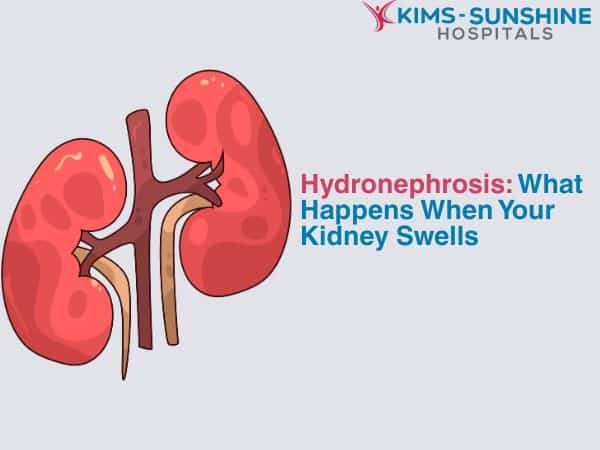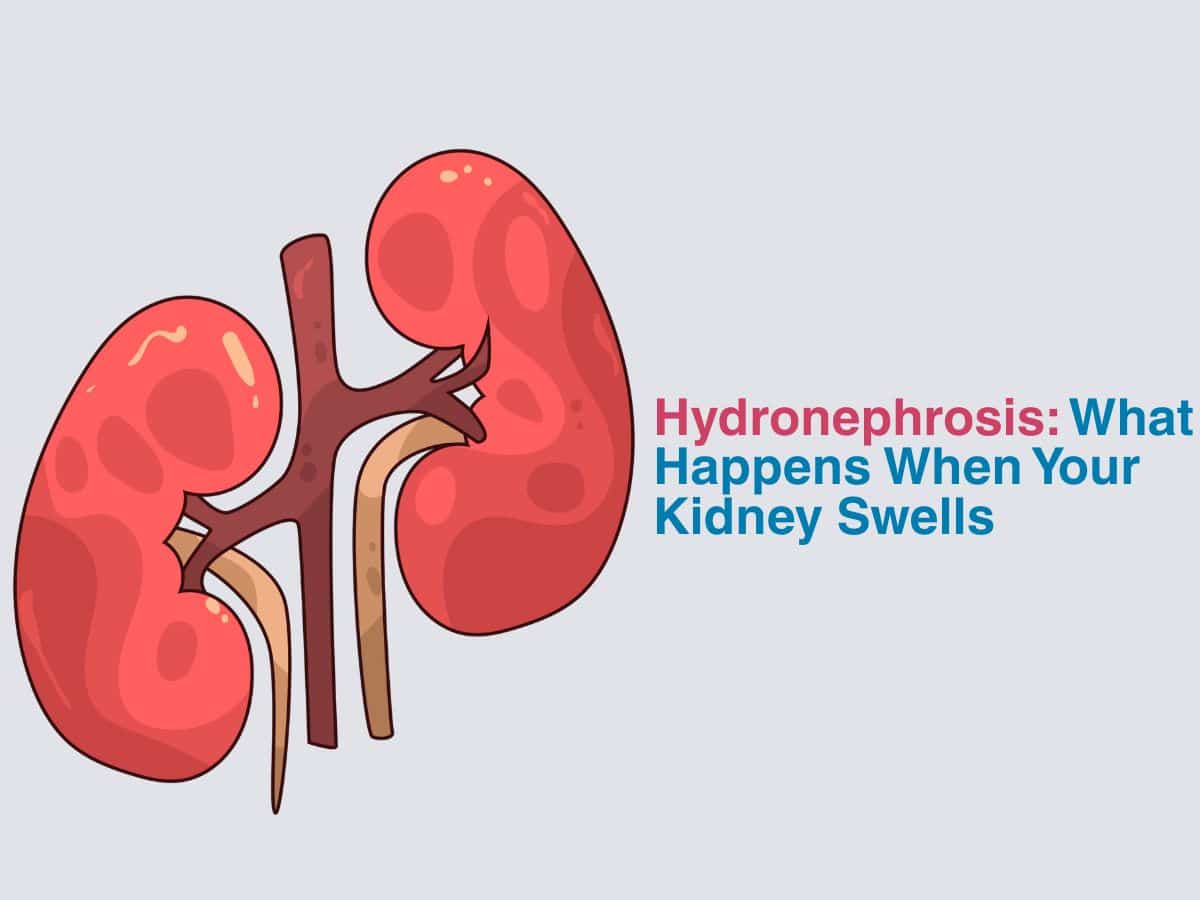
Hydronephrosis: What Happens When Your Kidney Swells
 There are organs in the body that speak only when spoken to. The kidneys are such companions. Quiet, rhythmic, almost monastic in their daily ritual and yet, when their work is blocked, when urine cannot leave as it should, they begin to swell. Hydronephrosis is the name for this silent expansion. At its core, it is not a disease but a consequence. A symptom of something slowing the flow downstream. Perhaps a stone, perhaps a twist, perhaps simply time’s effect on tissue. But what begins with fluid held too long can grow into pain, pressure, and, if left unheeded, loss.
There are organs in the body that speak only when spoken to. The kidneys are such companions. Quiet, rhythmic, almost monastic in their daily ritual and yet, when their work is blocked, when urine cannot leave as it should, they begin to swell. Hydronephrosis is the name for this silent expansion. At its core, it is not a disease but a consequence. A symptom of something slowing the flow downstream. Perhaps a stone, perhaps a twist, perhaps simply time’s effect on tissue. But what begins with fluid held too long can grow into pain, pressure, and, if left unheeded, loss.
Causes of Kidney Swelling in Adults-
The human body is designed for passage. When something interrupts that design, the body does not revolt. It adjusts, until it cannot. Hydronephrosis in adults often arises from such interruptions. The common causes include:
• Kidney stones – as small as lentils, that lodge and block
• Enlarged prostates that narrow the outflow
• Scar tissue from past infections or surgeries
• Tumours that press upon invisible channels
• Neurological conditions that quieten the bladder’s signal
Mild vs Severe Hydronephrosis Explained-
Not all swelling speaks the same language. In mild hydronephrosis, the kidney is touched but not harmed. The swelling is present but functional capacity remains, like a tree bending in the wind, not breaking. Severe hydronephrosis, however, is less forgiving. It suggests pressure that has lingered. The architecture of the kidney begins to thin. The collecting system distends. Filtration falters and with time, the tissue itself begins to retreat. Fibrosis begins to set in like slow erosion.Severity is not only about size. It is about tempo and whether this is a temporary pause or a deep rearrangement.
Treatment for Hydronephrosis Without Surgery-
In many cases, hydronephrosis can be gently resolved without surgical intervention.
Conservative treatments may include:
• Relieving the obstruction with targeted medication
• Use of a stent or nephrostomy tube to restore temporary flow
• Antibiotics where infections cause swelling and inflammation
• Observation through imaging when the case is mild and symptomless
• Addressing prostate enlargement or bladder dysfunction as needed
The aim is not only to reduce swelling but to reinstate movement. The body wants to move like always. We must simply remove the stone in the stream.
Hydronephrosis in Pregnancy-
The pregnant body is not merely a vessel, it is a shifting house. Organs move to make space for new life. Sometimes, the ureters, which are the delicate pathways from kidneys to bladder, are gently compressed by the growing uterus. This gestational hydronephrosis is especially common on the right side and may cause:
• A fullness or dragging pain in the flank
• Increased urinary frequency or discomfort
• Mild backache, often mistaken for posture-related strain
In most cases, this is nature’s temporary compromise. After delivery, the pressure eases, and the kidneys return to their usual silence. But careful monitoring is wise, especially to rule out more complex causes like stones or infection during this time.
Conclusion
Hydronephrosis, when understood deeply, is not just swelling. It is a sign of something paused. Something unexpressed. The kidney is not angry. It is waiting for flow to resume and for the burden to lift. So the treatment begins not with intervention, but with interpretation. What is blocked? Where has the body tightened around itself? What does this swelling want to tell us? Sometimes the answer is time. Sometimes it is rest. Sometimes it is a gentle procedure to reopen a narrowing. But always, it begins with listening. The kidney is not failing. It is sending word. Let us respond with care, not haste.






